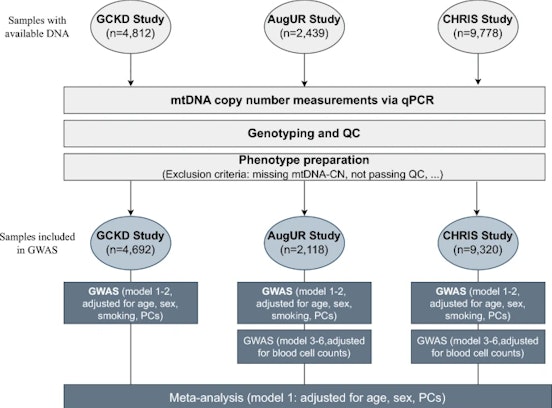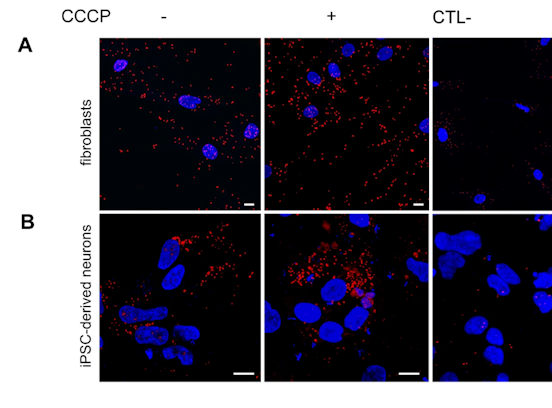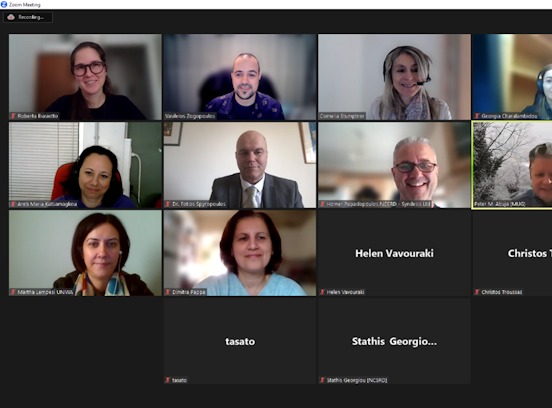Institute for Biomedicine - News & Events - Investigation of incomplete penetrance in arrhythmogenic cardiomyopathy
Investigation of incomplete penetrance in arrhythmogenic cardiomyopathy
Human induced pluripotent stem cell derived cardiomyocytes as a powerful in vitro model
- English
Arrhythmogenic cardiomyopathy (ACM) is a genetic and heritable cardiac disorder. It is mainly caused by mutations and PKP2 is one of the most commonly mutated genes in this disease. Arrhythmogenic cardiomyopathy is inherited as an autosomal dominant disease; incomplete penetrance and variable expressivity are extremely common, resulting in different clinical manifestations.
In this study we propose Human induced pluripotent stem cell derived cardiomyocytes (hiPSC-CMs) as a powerful in vitro model to study incomplete penetrance in ACM. We have generated six hiPSC lines by blood samples of six members belonging to the same family: three ACM patients carrying a heterozygous mutation in PKP2 gene, two asymptomatic carriers of the same mutation and one healthy control.
The results show discordant molecular and functional features between cells obtained from ACM patients and asymptomatic cases. Therefore, our study provides evidence that hiPSC-CMs recapitulate discordant features between ACM patients and asymptomatic cases with the same mutation, supporting their use as a patient based cellular model to gain insight into the molecular mechanisms of ACM incomplete penetrance.
Arrhythmogenic cardiomyopathy is a cardiac disease with an estimated prevalence in the general population ranging from 1:2000–1:5000. It is a major cause of sudden cardiac death, particularly in young adults and it is characterized by severe ventricular arrhythmias, fibrofatty myocardial replacement and progressive ventricular dysfunction. This cellular approach could become an important new resource for having support in clinical diagnosis, prognosis and patient management, reducing in the future the contemporary high costs and times needed for this kind of techniques.
Read the full article here: https://doi.org/10.1016/j.csbj.2023.02.029
Our researchers and authors:
Marzia De Bortoli
Conceptualization, Formal analysis, Investigation, Methodology, Visualization, Writing – original draft, Writing – review & editing, Project administration
Alessandra Rossini
Conceptualization, Project administration, Supervision, Writing – review & editing, Funding acquisition
Laura S. Frommelt
Investigation, Methodology, Writing – review & editing
Eva Konig
Formal analysis, Investigation, Methodology, Writing – original draft, Writing – review & editing
Johannes Rainer
Data curation, Formal analysis, Methodology, Visualization
Chiara Volani
Investigation, Methodology, Writing – review & editing
Maja Schlittler
Investigation, Methodology, Writing – review & editing
Giada Cattelan
Investigation, Methodology, Writing – review & editing
Claudia Volpato
Investigation, Methodology
Peter P. Pramstaller
Supervision, Writing – review & editing
Funding
This study was supported by the Department of Innovation, Research and University of the Autonomous Province of Bolzano-South Tyrol (Italy) and by the project INCardio (ITAT1047 grant) funded by the European Regional Development Fund and Interreg V-A Italy-Austria 2014–2020.









